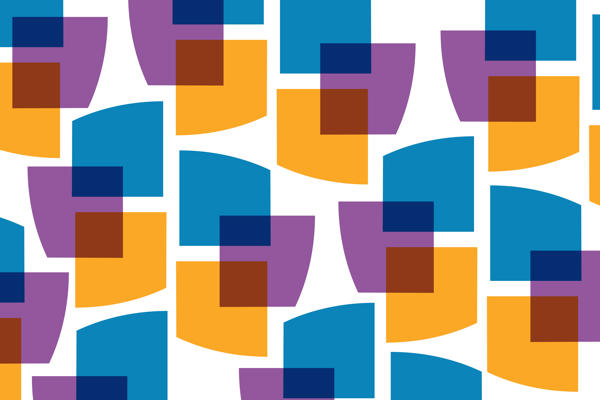When rifling around in the RCP museum’s stack, you never can be sure what interesting anomalies you might stumble across. You certainly don’t expect a jar of pre-war biscuits. Such a jar of biscuits does indeed sit boldly on our museum shelf. It even has the self-preservation awareness to declare itself a ‘medical artefact’, under the category of ‘medical collections’, in our museum catalogue. An error, surely!
Surprisingly enough, this little jar of biscuits has an interesting – and legitimising – story. It was the subject of an article written by C. E. Newman (1900–1989), who was Harveian Librarian from 1962–79, for the October 1969 edition of the Journal of the Royal College of Physicians of London.
Newman described how a jar in his kitchen appeared to contain ‘three macaroons and four ratafia biscuits’ that were ‘instantly recognisable as Censors’ Biscuits, dating from 1937 or 1938, which in some way had been providentially forgotten, and so had survived’.
The censors were the RCP’s examiners and disciplinary enforcers, elected from the body of fellows. Apparently, these biscuits were given to attendees of meetings of the Censors’ Board, beautifully wrapped in a ‘white paper parcel, seven inches by four by three, neatly folded, with the ends symmetrically turned over and held by two little blobs of sealing-wax’. Newman remarks that ‘they looked as though they had been made by a very experienced apothecary’.

The biscuits were originally packaged separately – one packet with macaroons, another with ratafia biscuits. Later they were packaged together. The biscuits were not eaten at the meeting but taken home – Sir Raymond Crawfurd said that he would not have dared to go home from a Censors’ Board without them, because if he had, his dog would have refused to speak to him. If a packet of biscuits was left behind after the meeting, its owner would be sure to claim it the next day.
A disproportionate response to an every-day snack, perhaps? Or maybe not. In his article, Newman traced the giving of censors’ biscuits (or ‘collations’) throughout the RCP’s daily cash books right through from the 17th century. For example, an entry by treasurer Dr Micklethwaite on 14 December 1673 recorded ‘3 Collations for Censors £1 10s. 0d.’ Sometimes the biscuits were called ‘cakes’ – cakes in the 17th century were what we call biscuits today.
The ultimate instigator of the tradition of the giving of Censors’ Biscuits was the original Harveian librarian himself, William Harvey (1578–1657). Harvey’s will stipulated:
And that to the end friendship between the members of the said College may be the better continued and maintained, there shall be, once a month, at the meeting of the Censors at the same College, some small collation provided, such as the President shall think fit, for the entertainment of those who shall come to the said meeting.
So, not a ‘medical artefact’ per se, but a fascinating slice of medical history no less.
Sarah Backhouse, exhibition coordinator
Read more about the RCP's library, archive and museum on our weekly blog, and follow @RCPmuseum on Twitter.
Article reference: Newman CE. The censors’ biscuits. J Roy Coll Phys Lond 1969;4:10–12.




